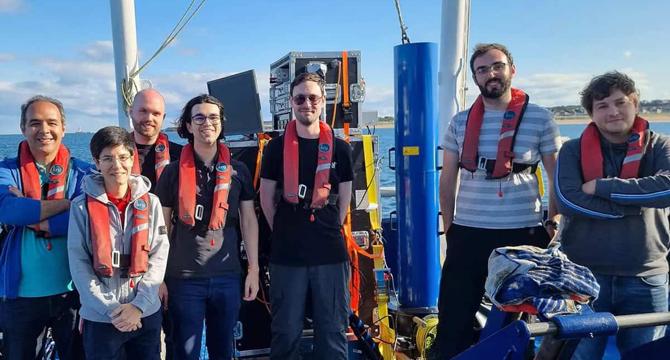Physicsworld
2w
30

Image Credit: Physicsworld
How civil engineering is bringing quantum physics down to earth
- Civil engineers face costly challenges in locating buried infrastructure, with damages costing billions annually.
- Traditional methods like ground penetrating radar have limitations based on soil type and moisture.
- University of Birmingham researchers explore using quantum physics for subsurface mapping, collaborating with physicists.
- Cold-atom interferometry offers a new technique for gravity sensing, utilizing quantum properties of atoms.
- Devices like gravimeters and gradiometers help measure gravity variations, with potential applications in geophysics and navigation.
- Portable cold-atom gravity sensors aim to operate outside labs for practical use, with challenges in stability and accuracy.
- The Birmingham team's gravity gradiometer successfully detected a utility tunnel, showcasing the potential of quantum sensors.
- Commercializing cold-atom gravity gradiometers requires overcoming cost, size, power consumption, and operational challenges.
- Efforts are underway to reduce costs, improve system efficiency, and collaborate with industry for practical implementation of quantum technology.
- The development of mobile cold-atom interferometers demonstrates the convergence of quantum physics and civil engineering, offering new possibilities in the field.
Read Full Article
1 Like
For uninterrupted reading, download the app